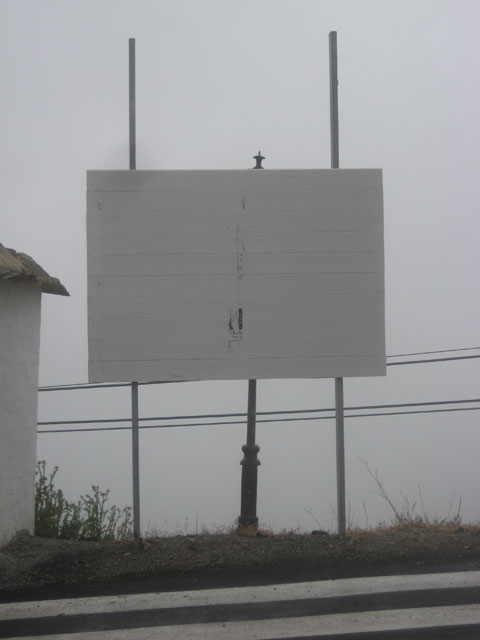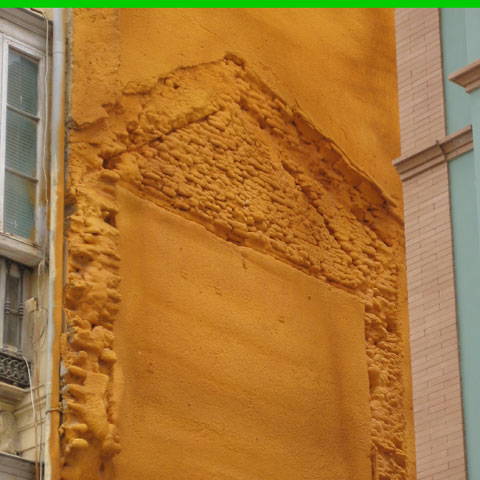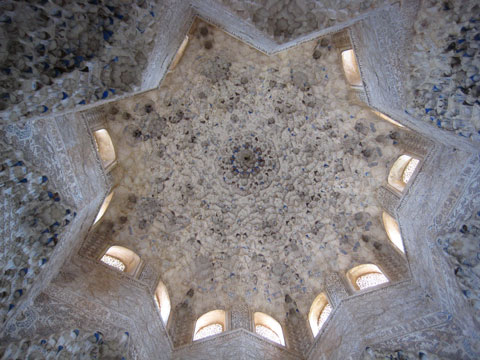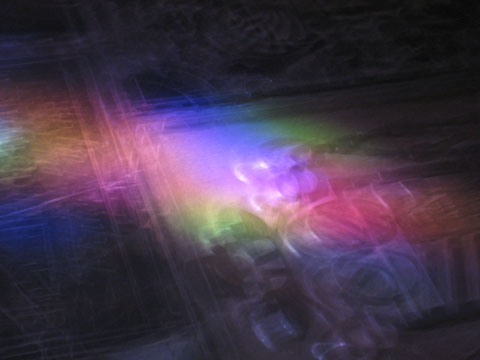Oskar Fischinger in EYE

Nog t/m 17 maart 2013 in het eye/filmmuseum: Oskar Fischinger. Een sprankelende, frisse, inspirerende tentoonstelling met tekeningen, (animatie)films en schilderijen. Werk uit de jaren 30, 40 en 50 van de vorige eeuw en nog helemaal van deze tijd. ‘Dit is echt modern’ dacht ik bij een vitrine met tekenbladen voor een animatiefilm. Er zijn mensen die computers modern vinden, maar wat zijn dat een beperkte apparaten als je dit werk van 70 jaar geleden ziet. Fischinger was kunstenaar, filmmaker en uitvinder. Ik denk niet dat ik het eens ben met een zaaltekst die zegt dat hij zijn tijd vooruit was, tijd was iets waar hij mee werkte, speelde, niet een hokje om in te passen.
Een aanrader!
(de afbeelding hierboven is van mij, niet uit de expo)
schrijven over kunst

Gisteren las ik Sigmar Polke, Photoworks: When Pictures vanish. Naast vele fraaie foto’s staan er twee artikelen in, van Maria Morris Hombourg en Paul Schimmel. Ze bespreken dezelfde foto’s van dezelfde kunstenaar maar leveren daarbij verschillende informatie. Dat ze anders kijken is vanzelfsprekend, dat ze er verschillen zitten in biografische feiten en de uitspraken van Polke is opvallender. Ik vermoed dat Polke in verschillende gesprekken verschillende versies vertelt en dat hij ook lol heeft gehad bij het lezen.
Prima dat deze verschillen niet in de eindredactie verdwenen zijn.
Het relativeert dit soort teksten wel. Het toont weer aan dat je zulke teksten wel kunt gebruiken bij het denken over de werken, maar dat de waarde als informatiebron beperkt is.
Nou is alle kunstkritiek primair een kijkverslag en geeft het informatie over de schrijver en haar visie het besproken werk. Ik denk niet dat dat anders kan omdat alle mensen anders kijken.
Het lijkt erop dat het Hambourg zich hier meer bewust van is dan Schimmel. Haar stuk ga ik in ieder geval herlezen omdat het me helpt bij het ontwikkelen van mijn visie op het werk, bij het kijken.
(Om verwarring te voorkomen: de foto hierboven is niet van Sigmar Polke)













 flits
flits


